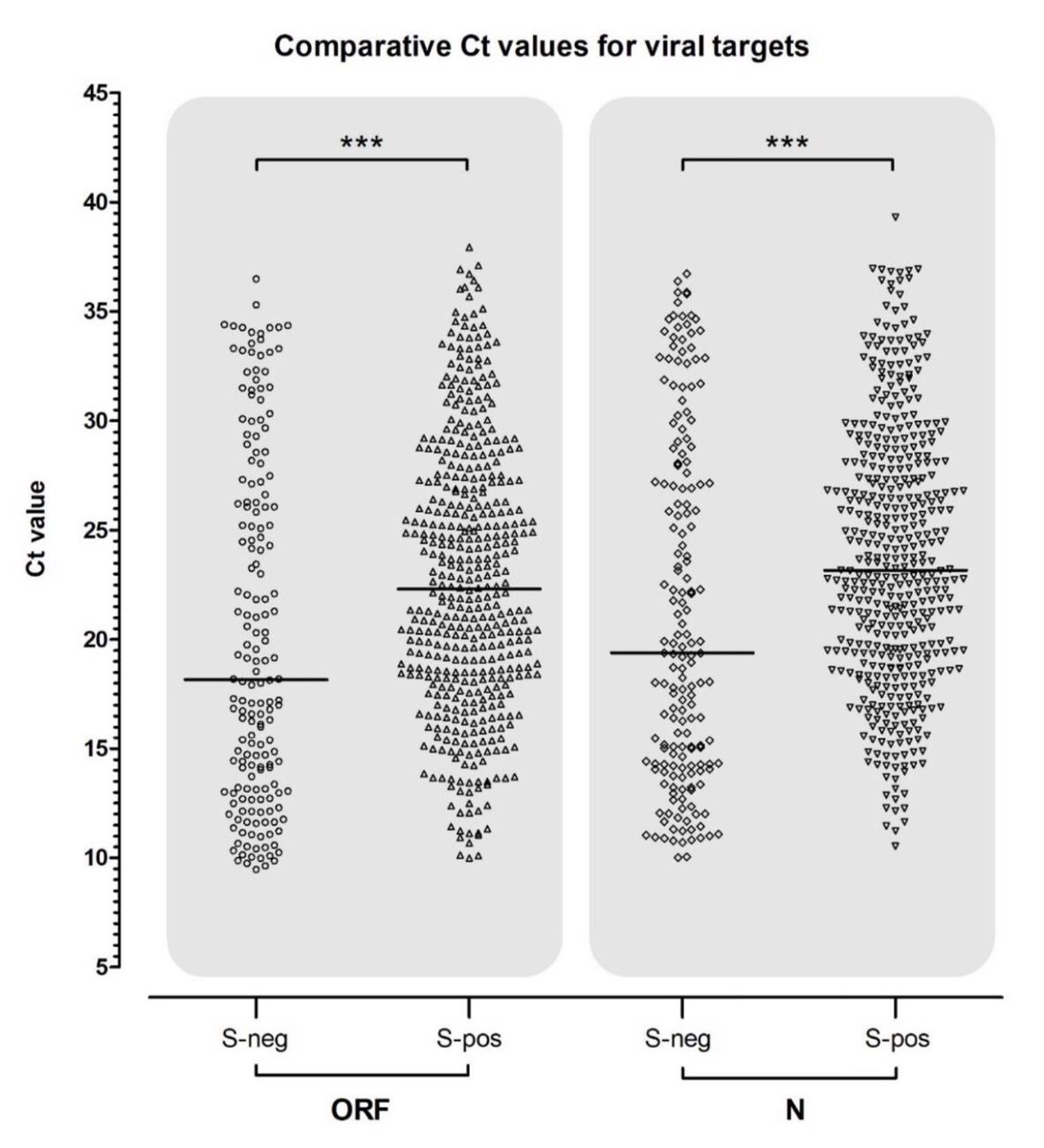
The latest round of random testing in England shows infections plateaued in children & rose slightly in teenagers (during a time of distance learning), while infections rose markedly in adults. Overall, 1.5% of population infected; highest since May 2020.
spiral.imperial.ac.uk/handle/10044/1…
spiral.imperial.ac.uk/handle/10044/1…

Although infections rose in adults, children (aged 5-12 years) and teenagers (aged 13-17 years) were still more likely to be infected than all other age groups except young adults (aged 18-34 years).
1 in 58 children and 1 in 44 teenagers are currently infected.
1 in 58 children and 1 in 44 teenagers are currently infected.
In contrast to official data which suggested new infections are decreasing in England, the results of the random testing showed no decrease (and possibly an increase instead). 

The report concluded with an understated warning:
“If the prevalence of infections ... does not drop substantially in the immediate future ... [this] will lead to very high numbers of additional deaths and potentially long-term negative impact on healthcare delivery in England.”
“If the prevalence of infections ... does not drop substantially in the immediate future ... [this] will lead to very high numbers of additional deaths and potentially long-term negative impact on healthcare delivery in England.”
• • •
Missing some Tweet in this thread? You can try to
force a refresh











